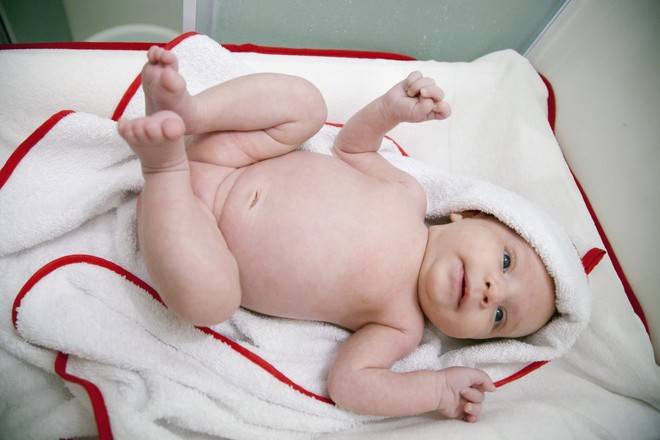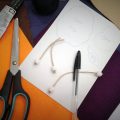Folds on legs - how to properly care?
The skin of newborns and children in the first year is verydelicate and sensitive to various irritants and requires special hygiene. Due to the special structure of the body of children of this age, there are special skin folds in the buttocks and thighs. It is important to know that skin folds in children require special daily care to avoid diaper rash and redness. Bathing and water procedures have a beneficial effect not only on hygiene, but also on the health of the baby. Folds on the legs of a childPhoto: Getty
Folds on the legs of a childPhoto: Getty
Causes of redness and diaper rash
Кожные складки у детей – источник влаги, в силу the skin between the folds can be constantly sweating and irritated. The most common causes of problems are: 1. Untimely change of diapers or nappies, make sure that the baby is always dry, check periodically during the day. The baby sweats a lot as a result of a violation of the temperature regime in the apartment. 2. You dress the baby too much for a walk - not according to the weather. 3. Uncomfortable clothes or diapers that cause friction and redness of the skin in the thighs and buttocks. We all make mistakes, because mothers are not born, they become. But in matters of health and child care, it is necessary to approach rationally, immoderation and advice to dress warmer can play a cruel joke.
Symmetric and asymmetrical folds on the legs of a child
From many experienced mothers, pediatricians, grandmothersYou can hear a phrase that asymmetrical folds mean a disorder of the musculoskeletal system in a child. In general, there is a grain of rationality in this. Indeed, hip dysplasia can be diagnosed in newborns. With this disease, the natural ossification of articular cartilage is disrupted, which can lead to problems with walking. So, what do folds on the legs of infants and dysplasia have to do with it? The fact is that for a long time this diagnosis was made based on the symmetry of the skin folds on the hips and buttocks of a child. If they are asymmetrical, there is a high probability of a defect in the hip joint, leading to dislocation and subluxation of the femoral head. This pathology is very often congenital and requires careful treatment. Important! Asymmetrical folds are not a reason to panic and run to the hospital for an X-ray examination. As practice shows, this phenomenon is no less common in healthy babies. But the final diagnosis is still made using more modern diagnostic tools - ultrasound or X-ray. For a more accurate diagnosis of the disease, ultrasound is performed closer to the age of one year, when the process of primary ossification of the hip joint is complete. Also interesting:









